12 Types of Stucco for the Look & Durability You Desire
Author: Rick Worst | Editor: Omar Alonso
Review & Research: Jen Worst & Chris Miller
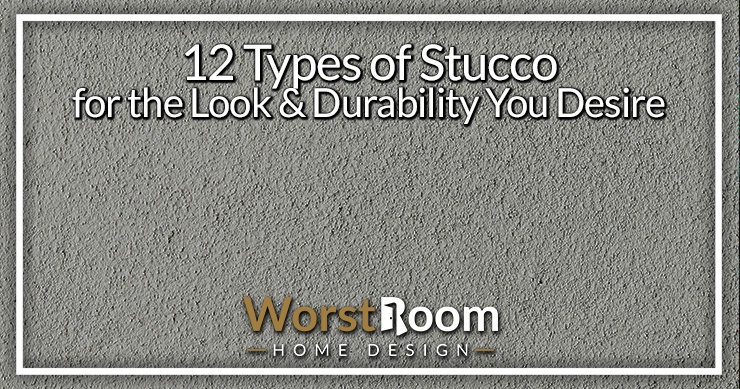
Stucco is a construction material. It consists of cement, water, sand, and lime. Though some people confuse most types of stucco with plaster, they are certainly not the same. It's a type of siding that is used to minimize noise, is energy-efficient, and has a wide range of applications.
This Portland-cement plaster is placed in multiple coats on the exterior of a structure. When preparing a stucco mixture, the consistency should be liquid. It will eventually harden when applied to the exterior wall.
The materials are accessible in a wide range of textures and colors. There are different types of stucco cladding, and each of them has its distinct features. Here we have gathered all the necessary details about stucco that you might find very informative.
12 Types of Stucco
If we want to distinguish the types, we can divide them into two major categories: one is stucco finish, made up entirely of stucco compound, and the other is stucco cladding, which is a stucco exterior covering another sturdier material. Let's have a look at the details…
9 Types of Stucco Finish
There are various types of stucco finishes available for your exterior types of walls. Below are the most commonly used stucco options:
Smooth Finish (Creamy, Plush, & Refreshing)
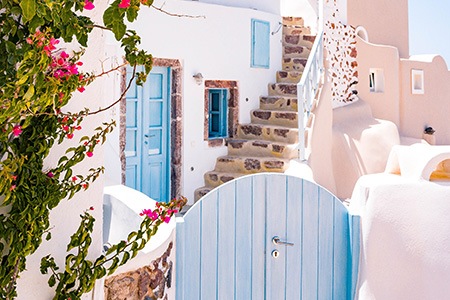
The smooth texture is an unusual one as far as stucco siding options go. Doing a smooth texture with stucco is extremely challenging, and only professionals can achieve the result.
To accomplish the look of these stucco finish types, you will need fine material. As a material, synthetic stucco is the most suitable one.
Yet no matter how cautious you arewith the process, it can still create cracks in the wall. And the cracks are hard to patch. These stucco styles are seriously best left for the pros.
Worm Finish (Get Your Groove On)
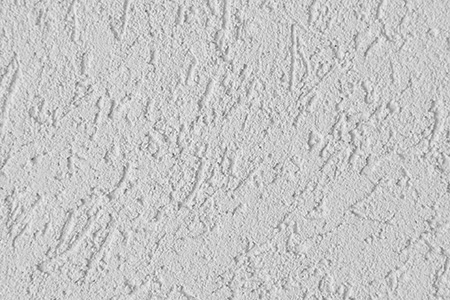
The worm finish is less popular than some of the other finishes we've seen. Its name indicates that the grooves in this texture resemble worms that have been pushed against the stucco. It can actually look like types of wood siding if you consider just the textures and color.
Putz and Swirl are two more names for this texture. Nowadays, we see less of this type of stucco on our homes because it's hard to install and hard to get to repair without it being obvious since you can't match all the detail in it without painstaking time.
Dash Finish (Roughcast Style)
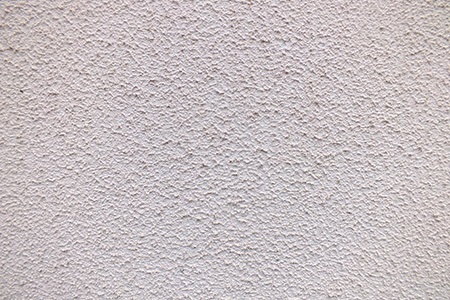
Dash stucco, also known as roughcast stucco types, is a textured stucco finish. It's a rough paint that's usually sprayed on, giving it a bumpy, gritty appearance.
Within the dash stucco category, there are various variants. A few examples of dash finish are heavy dash, pebble dash, fine dash, and knockdown. It is also known as roughcast.
Its texture is appropriate for all sorts of houses. Usually, a dash stucco cannot go wrong with any theme.
Sand Stucco Finish (Float Finish)
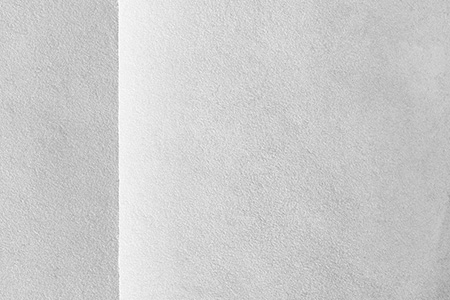
Another name for sand stucco is "float finish." It is named this way because of the equipment that is used to give it its finish and texture. This style of finish is well-liked in the corporate world.
There are three different stucco styles to pick from. The styles are called fine, medium, and rough. Furthermore, this stucco looks like it's made of beach sand, hence the name.
For the fine and gritty texture in the stucco mix, sand is used. Because of the flexibility of this stucco finish, you can restore it easily. Besides, these types of stucco siding take less time to apply as well.
Spanish Lace Finish (Grace & Elegance)
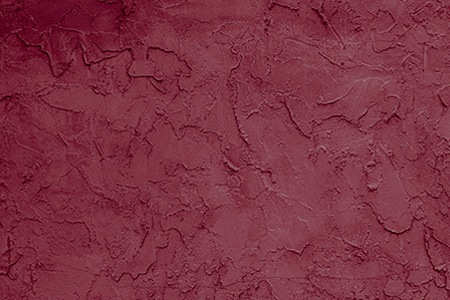
The lace stucco is known for its unique and delicate finish. It has a variety of appearances. The most frequent and extensively used stucco finish is this one.
The appeal of this finish makes it ideal for concealing defects and blemishes. You can easily cover any imperfection on your wall with this type of stucco.
This texture is quite popular among homeowners. It's also known as a "skip-trowel" finish. Lace stucco is made up of two layers: a smooth base coat and a texture coat.
The material best suited for this type is the synthetic one. A wet trowel is used to knock down or skip across the texture after it has been sprayed on. By omitting the trowel, you may make a variety of distinct and delicate designs.
Cat Face Finish (Montalvo or California Finish)
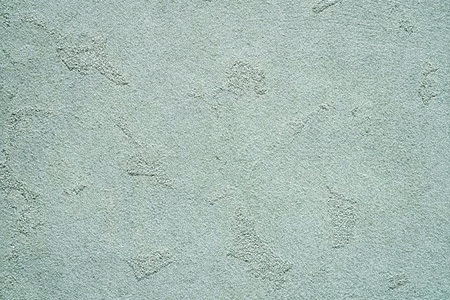
Cat face stucco types can resemble cat faces as per its name. This finish has a mostly smooth surface with a few inclusions or rough areas strewn about the room.
The rough areas can be large or small, and their spacing can be close or far apart, depending on personal choice. I personally think the cat face finish can work as one of the ceiling texture types, too.
Santa Barbara Finish (Subtle & Soothing)
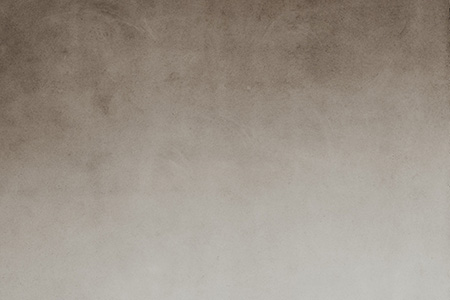
This stucco finish, often known as the Santa Barbara Mission finish, is incredibly attractive. It is frequently left unpainted due to its wonderful, natural speckled appearance.
Spanish or adobe-style buildings and structures are well-suited to Santa Barbara stucco. Santa Barbara has an uneven, semi-smooth stucco surface, which technically falls within the smooth finish category.
Professionals use a pool trowel to apply two layers of typical stucco material to get this impression.
Finally, the final appearance will provide you with a variety of shades. If you want your stucco to look uniform and consistent, you may fog coat it or paint it afterward.
English Stucco Finish
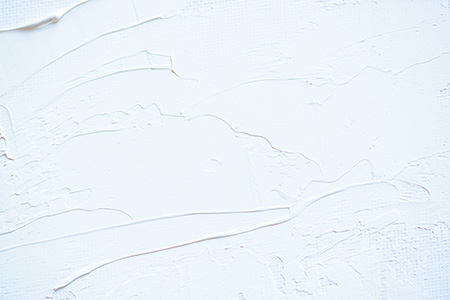
The English finish is simultaneously one of the oldest types of stucco finish and one that's still popular today. If I had to assume a reason for it's popularity, it would be how easy it is to create and design, and how easy it is to repair and blend it all back in.
It's almost entirely brushed on (except for the base coat) and that's what it looks like as well. You'll see layers of brush strokes going in various directions over one another. Make sure you're using the right types of paint brushes and trowels to get this done.
When done right, there will be some 3D texture as the sides of the strokes and the ends have extra material that dry sticking out. You can have this on the exterior of your home, on any types of sheds, and even on the interior of restaurants, for example.
You won't be able to create this look with synthetic stucco, so be prepared to work with traditional stucco finish types. It looks like an older style when you see it, and if that's what you're going for, great. But old things become new again and this will come back in style in a huge way one day.
Lace and Skip Finish
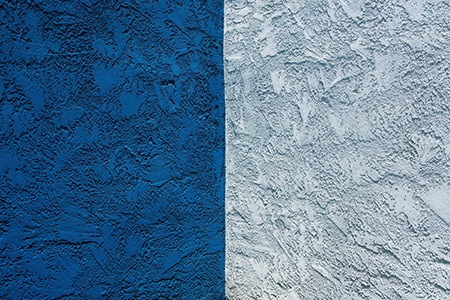
Lace and skip stucco finishes are easy to work with and thus fairly common and a more traditional, basic choice. It works well in both residential and commercial buildings, and have a lot of small sub-styles or differences you can make choices with to customize the experience.
For instance, you can create a very fine pattern or go very coarse with it, or anywhere in between. You have the typical base coat scraped on and then you'll add the textured layer on top. That's when your stucco siding options open up.
You'll have to use traditional stucco for this one, though people have managed it with acrylic stucco to a less spectacular result, but one that is acceptable nonetheless. You'll want to apply it by hand rather than trying to spray it on and then shaping it with a trowel.
3 Types of Stucco Cladding
Stucco comes in a variety of styles, but you can categorize them into three types: one coat stucco, three-coat stucco, and EIFS. The first two are traditional stuccos made of sand, lime, cement, and water, or acrylic stucco. The final EIFS option is synthetic made of acrylic resin over foam board instead of mesh.
It's astonishing how few construction experts care about the distinction between the three stucco options. To help you consider your alternatives for your next job, you can check out the writing below and get benefitted.
One-Coat Stucco
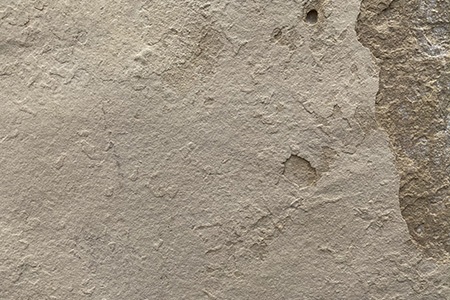
Many people believe that a one-coat stucco solution is the most perfect and efficient. One coat can be completed in a number of methods and you can even stucco over brick this way and still get the texture you expected.
The methods are stucco finish coats with premixed colored cement, acrylic textured finishes, elastomeric coatings, etc. These methods allow for some unique customization.
It essentially combines all three layers of the three-coat system into one. The best part about one coat of stucco is that it takes less time, investment, and labor.
At the same time, it's fireproof, and flames and smoke won't spread through it. But if the coat is too thin, then various structural issues like mold and mildew can appear.
Three-Coat Stucco
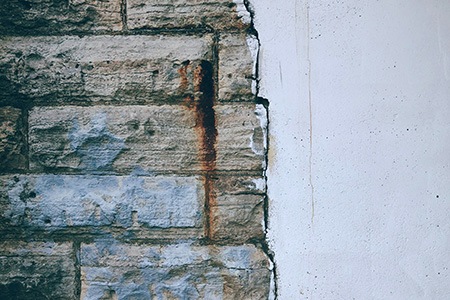
In this method, paper and wires are used as a first step to build up these types of stucco siding. Later, other coatings and finishing are applied to that ready surface. First comes the scratch coat, and then comes the brown coat. And after applying these, a finishing coat is applied to give a final look.
Because the final coat is required for every type of application, it is not considered a phase, so they are referring to the steps before the finish coat. The lath is the initial layer, and it consists of metal wire, paper, and corner protection to prevent water absorption.
In addition, the wire utilized has characteristics that make it ideal for cement adhesion. It should be installed with a slight space between it and the wall and is done to settle the cement behind it and make the wire and cement one unit.
This step may provide a strong foundation for a long-lasting finish if the corners are properly strengthened. After that, a scarifier is used to apply the scratch coat. On the cement, it creates horizontal scratches and distributes them uniformly. Its thickness is about 3/8 of an inch.
The scratches create roughness, and that's why the subsequent brown coat adheres effectively. The last stage is finished in the same manner as the previous scratch coat. There is a new instrument called Darby. Darby is an alternative option to a scratcher and is basically a three foot long trowel.
This long trowel is used to create a smooth, level surface that creates the same thickness as the scratch coat. The topcoat is placed after the brown in both synthetic and conventional stucco.
Three-coat stucco types have a longer lifespan, and it increases the strength of the structure it is put on. It takes a long time and costs more. Also, the installation process is quite complicated. Faulty installation can cause structural damage and water leakage.
EIFS (Exterior Insulation & Finish Systems or Synthetic Stucco)
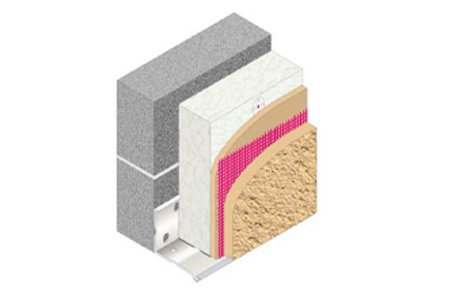
The term "EIFS" refers to an exterior insulation and finishing system that does not use a hard-base coat and instead consists of thinner coatings of upgraded materials that make up the EIFS cladding. EIFS is a little different from standard hard-coat stucco systems.
The water barrier is stronger in this one and has a good insulating capability. It keeps the water on the outer surface, which prevents it from becoming damp. This type of cladding has specialist layers that serve distinct purposes.
And the two most prevalent layers are moisture barriers and air barriers. These help to keep moisture and air out. This is your advanced stucco styles you should pursue if you're serious about durability and protection from weathering.
Types of Stucco for the Perfect Textures, Patterns, & Finish
Stucco has various advantages regardless of the kind, finish, or application technique. Stucco siding reduces noise, is energy-efficient, and has a wide range of applications in many colors such as white, yellow, brown, tan, gray, pink, green, and even two-tone.
Now that you've learned about the different types of stucco siding and finishes available, you should be able to choose which variety of stucco is ideal for your home.



